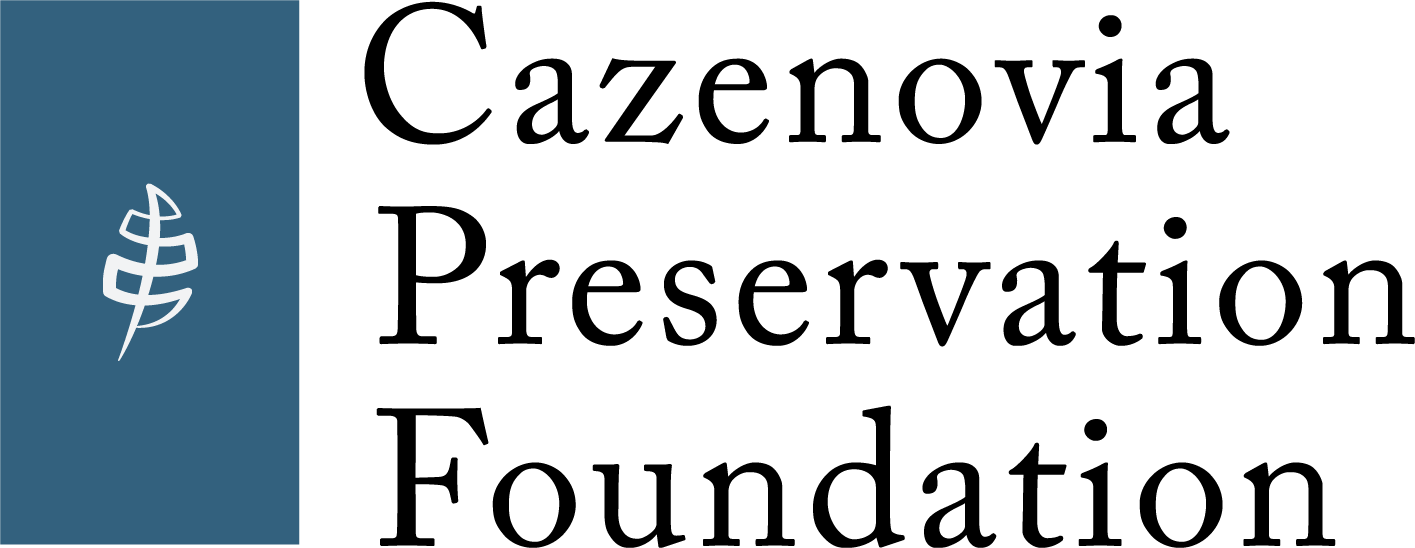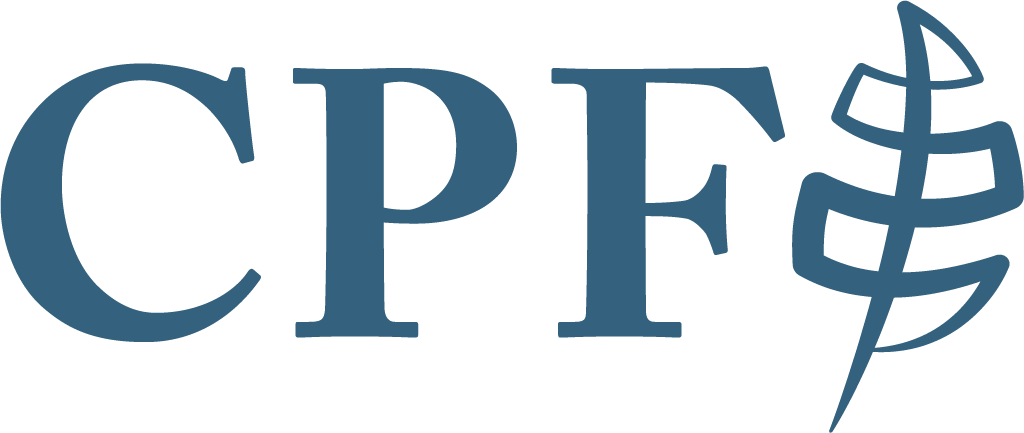Land Trust 101: A Spotlight on Stewardship
Merriam-Webster’s Dictionary (2023) defines stewardship as “the careful and responsible management of something entrusted to one's care.” In the land trust world, this refers to the activities that we undertake on an ongoing basis to physically care for the properties in our portfolio and to uphold the specific conservation values of each individual property for the public good.
CPF currently holds twenty-five conservation easements on agricultural lands and natural habitat and eleven easements that have terms protecting historical architectural resources. In addition, CPF owns seventeen properties outright, many of which offer public recreation opportunities. Whether CPF is the owner of a property or the holder of a conservation easement, we have an ongoing responsibility to ensure that our community’s conserved lands and resources are being actively and properly stewarded.
“Together, these properties total nearly 3,700 acres and provide very visible outreach to our community,” stated Stewardship Committee Co-Chair, David Gerber. “When community members drive by the scenic vistas of our easement properties, appreciate the architectural character of the Cazenovia village, and hike the 13 miles of CPF trails, they become connected to CPF. Stewardship, therefore, is mission critical to the success of CPF and of great value to the community we serve.”
Conservation Easement Stewardship
Stewardship of easement properties is two-fold. It involves fostering relationships and good communications with property owners to ensure that each owner understands the unique restrictions and reserved rights pertaining to their easement. Regular correspondence about an owner’s plans for their property can prevent potential easement infractions. Easements also require inspections, at least annually, to verify that the terms of the easement are being upheld and that there are no encroachments into the property by neighboring landowners or a third party.
Typically, this involves a staff person, board member or trained volunteer walking the borders and interior areas of the property, making observations and taking photos, to document current condition and activities on the property. The results of these inspections are shared with property owners and any questions or concerns are discussed. In rare cases, an inspector discovers that there is encroachment across a conservation property boundary by a third party or that a property owner has made a change to the property that is out of compliance with the terms of their specific easement. In these cases, CPF works with the land-owner to expediently resolve the situation. In accordance with the requirements of the Land Trust Alliance Accreditation Commission, CPF maintains a restricted fund for stewardship and legal defense to defend an easement in court, should such a situation ever arise.
Stewarding CPF-Owned Properties
Stewardship of CPF-owned properties involves: 1) natural resource management; 2) improvements to trails to improve safety and trail-user experience, such as trail surface improvements and way-finding and educational signage; and, 3) ongoing upkeep, including mowing, trimming, plowing, and picking up litter. Every five years, CPF stewardship staff and committee members review and update management plans for each CPF-owned property, outlining the regular maintenance requirements of the property, areas or activities that require immediate or near-term action, and projects or improvements to consider in future stewardship seasons, especially larger-scale projects that require fundraising through grants or community campaigns.
Stewardship Program Upgrades
In 2022, CPF began a project to update our stewardship record-keeping methods and improve the efficiency of field-monitoring and reporting, using a cloud-based land management software. CPF was awarded a grant through the New York Conservation Partnership Program to complete a project to migrate stewardship data and reporting to this system, which also has a mobile app that staff and trained volunteers can use to collect monitoring data in the field. Under this grant, we were also able to hire a new part-time Land Stewardship Manager, Erieville resident John Tobin, to assist us with populating the new database. and developing field protocol. With the baseline data population task nearing completion, we are looking forward to field-testing the new system during the 2023 inspection season.
Community Support for Property Stewardship
Stewardship of CPF’s conservation properties is resource intensive. These stewardship activities are achieved through the combined efforts of CPF staff, members of the board and committees, and community volunteers. In 2022, over 110 individuals volunteered their time to CPF, assisting with the upkeep and maintenance of CPF’s public access properties like the Willow Patch, Gorge Trail, Fairchild Hill, South Trail and Burlingame Area Trails.
Many others of you helped by becoming CPF members, providing us with the funds needed to purchase gravel, lumber, drainage pipe and other materials necessary for property upkeep. In 2022, we also secured multi-year kiosk sponsorships from several donors, including Knowles Precision Devices, Rockbridge Investment Management, LLC and the Bennet Family in honor of Barbara Settel. Monies from kiosk sponsorships are earmarked for stewardship of CPF’s owned properties and trails. Your support, through your volunteer efforts and your donations, is critical to the ongoing effective stewardship of these important conservation properties that protect the Cazenovia landscape for all of us and for future generations. Thank you.


